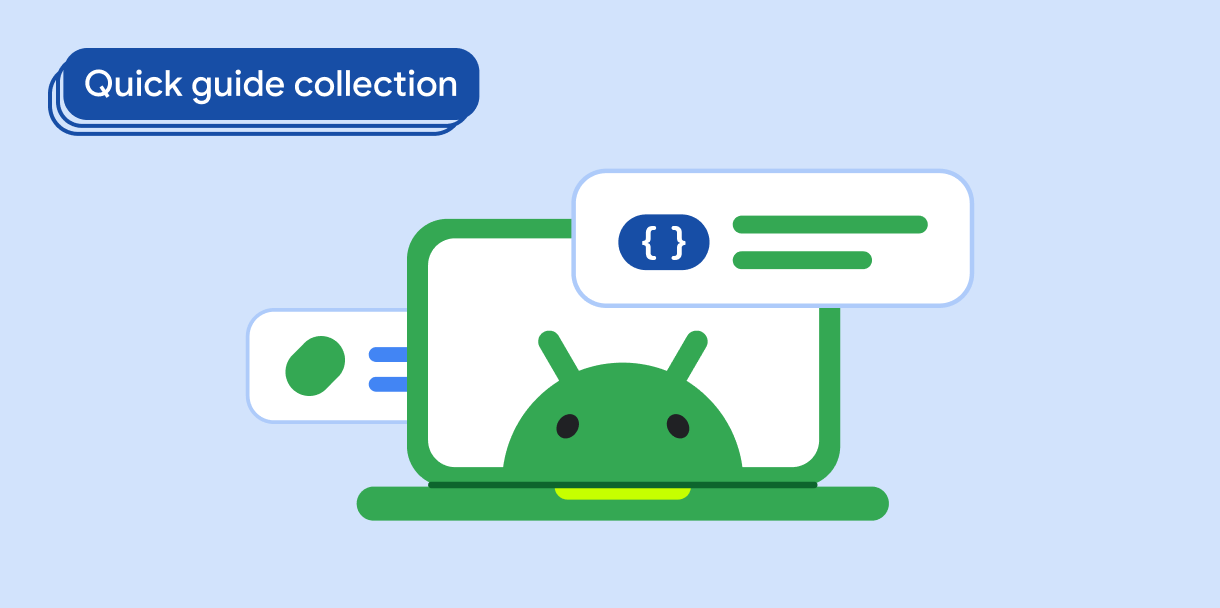You can auto format a phone number in a text field in your app, saving users time by formatting the phone number as they input digits. Follow this guidance to auto format a phone number:
- Create the text field.
- Auto-format a number in the text field.
Version compatibility
This implementation requires that your project minSDK be set to API level 21 or higher.
Dependencies
Create the text field
First, configure the TextField. This example shows a phone number
formatted per the North American Numbering Plan
(NANP).NanpVisualTransformation formats a raw string of numbers to NANP, eg.
1234567890 to (123) 456-7890.
@Composable fun PhoneNumber() { var phoneNumber by rememberSaveable { mutableStateOf("") } val numericRegex = Regex("[^0-9]") TextField( value = phoneNumber, onValueChange = { // Remove non-numeric characters. val stripped = numericRegex.replace(it, "") phoneNumber = if (stripped.length >= 10) { stripped.substring(0..9) } else { stripped } }, label = { Text("Enter Phone Number") }, visualTransformation = NanpVisualTransformation(), keyboardOptions = KeyboardOptions(keyboardType = KeyboardType.Number) ) }
Key points about the code
- A
TextFieldcomposable where theonValueChangeuses a regular expression to remove all non-numeric characters and limits the length to a maximum of 10 characters before updating thephoneNumberstate. - The
TextFieldhas a customVisualTransformationinstance set on thevisualTransformationattribute.NanpVisualTransformation, the custom class instantiated here, is defined in the following section.
Auto-format a number in the text field
To format a raw string of numbers, use the implementation of the custom
NanpVisualTransformation class:
class NanpVisualTransformation : VisualTransformation { override fun filter(text: AnnotatedString): TransformedText { val trimmed = if (text.text.length >= 10) text.text.substring(0..9) else text.text var out = if (trimmed.isNotEmpty()) "(" else "" for (i in trimmed.indices) { if (i == 3) out += ") " if (i == 6) out += "-" out += trimmed[i] } return TransformedText(AnnotatedString(out), phoneNumberOffsetTranslator) } private val phoneNumberOffsetTranslator = object : OffsetMapping { override fun originalToTransformed(offset: Int): Int = when (offset) { 0 -> offset // Add 1 for opening parenthesis. in 1..3 -> offset + 1 // Add 3 for both parentheses and a space. in 4..6 -> offset + 3 // Add 4 for both parentheses, space, and hyphen. else -> offset + 4 } override fun transformedToOriginal(offset: Int): Int = when (offset) { 0 -> offset // Subtract 1 for opening parenthesis. in 1..5 -> offset - 1 // Subtract 3 for both parentheses and a space. in 6..10 -> offset - 3 // Subtract 4 for both parentheses, space, and hyphen. else -> offset - 4 } } }
Key points about the code
- The
filter()function inserts the non-numeric formatting characters at the appropriate places. - The
phoneNumberOffsetTranslatorobject contains two methods. One maps the offsets between the original string and the formatted one, and the other does the reverse mapping. These mappings enable the skipping of the formatting characters when the user changes the cursor location in the text field. - The formatted string and
phoneNumberOffsetTranslatorare used as arguments for aTransformedTextinstance that is returned and used by theTextFieldto perform the formatting.
Results

Collections that contain this guide
This guide is part of these curated Quick Guide collections that cover broader Android development goals:

Display text
Text is a central piece of any UI. Find out different ways
you can present text in your app to provide a delightful user experience.

Request user input
Learn how to implement ways for users to interact
with your app by entering text and using other means of input.
Have questions or feedback
Go to our frequently asked questions page and learn about quick guides or reach out and let us know your thoughts.


